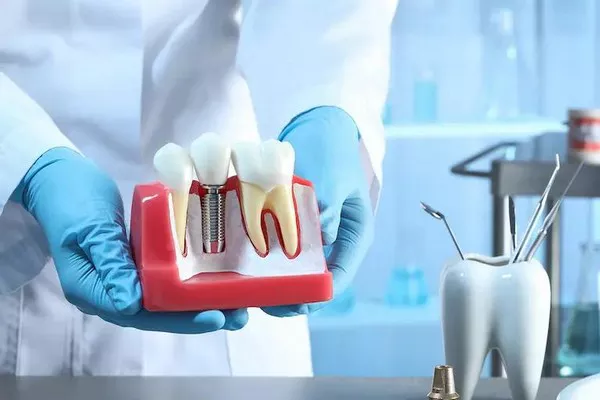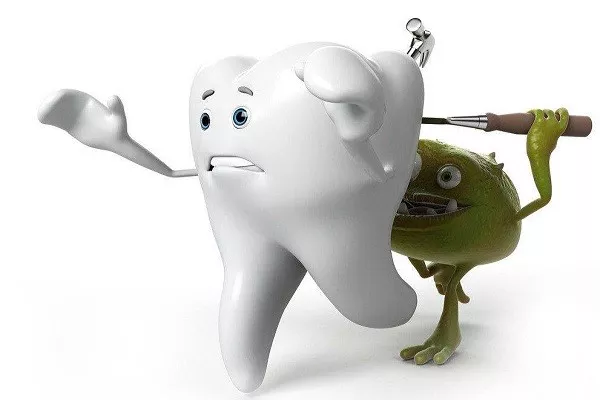Dental implants are a popular and effective way to replace missing teeth. They offer a long-lasting, natural-looking solution that can help restore your smile and improve your oral health. However, the process of getting dental implants can take several months and require multiple visits to the dentist or oral surgeon. Here is a breakdown of the typical number of visits required for dental implant treatment:
Consultation
The first visit is usually a consultation with your dentist or oral surgeon to determine if dental implants are the right option for you. They will perform an oral exam, take x-rays, and discuss your medical history to assess your overall health and determine if you are a good candidate for the procedure.
Implant Placement
The second visit involves the placement of the dental implant. The dentist or oral surgeon will make a small incision in the gums and insert the implant into the jawbone. Depending on the complexity of the case, this procedure may take 1-2 hours.
Healing Period
After the implant is placed, it will need time to fuse with the jawbone in a process called osseointegration. This can take several months, and during this time, you will need to avoid chewing on the implant site and practice good oral hygiene habits.
Abutment Placement
Once the implant has fully integrated with the jawbone, the next visit will involve the placement of an abutment. This is a small connector piece that attaches to the implant and supports the final restoration.
Final Restoration
The last visit involves the placement of the final restoration, such as a dental crown, bridge, or denture, on top of the abutment. This restoration will be customized to match your natural teeth and provide a functional and aesthetically pleasing result.
In conclusion, the number of visits required for dental implant treatment can vary depending on the complexity of the case and the individual patient’s healing process. However, most patients can expect to have at least four visits for dental implant treatment, including a consultation, implant placement, abutment placement, and final restoration. With proper care and maintenance, dental implants can provide a long-lasting solution for missing teeth and improve your overall oral health.
































